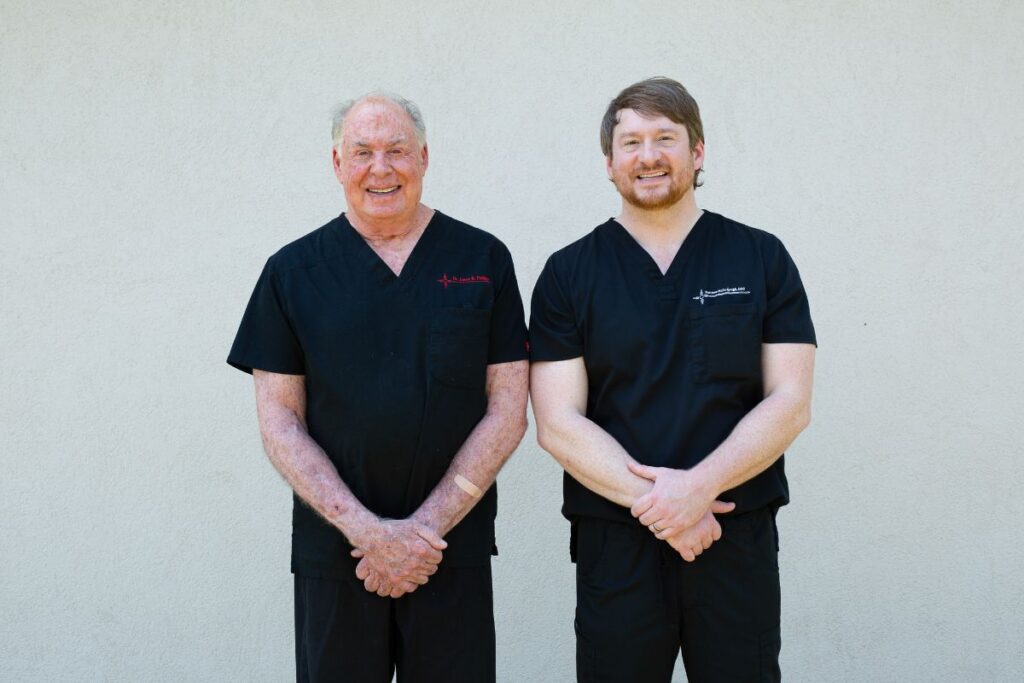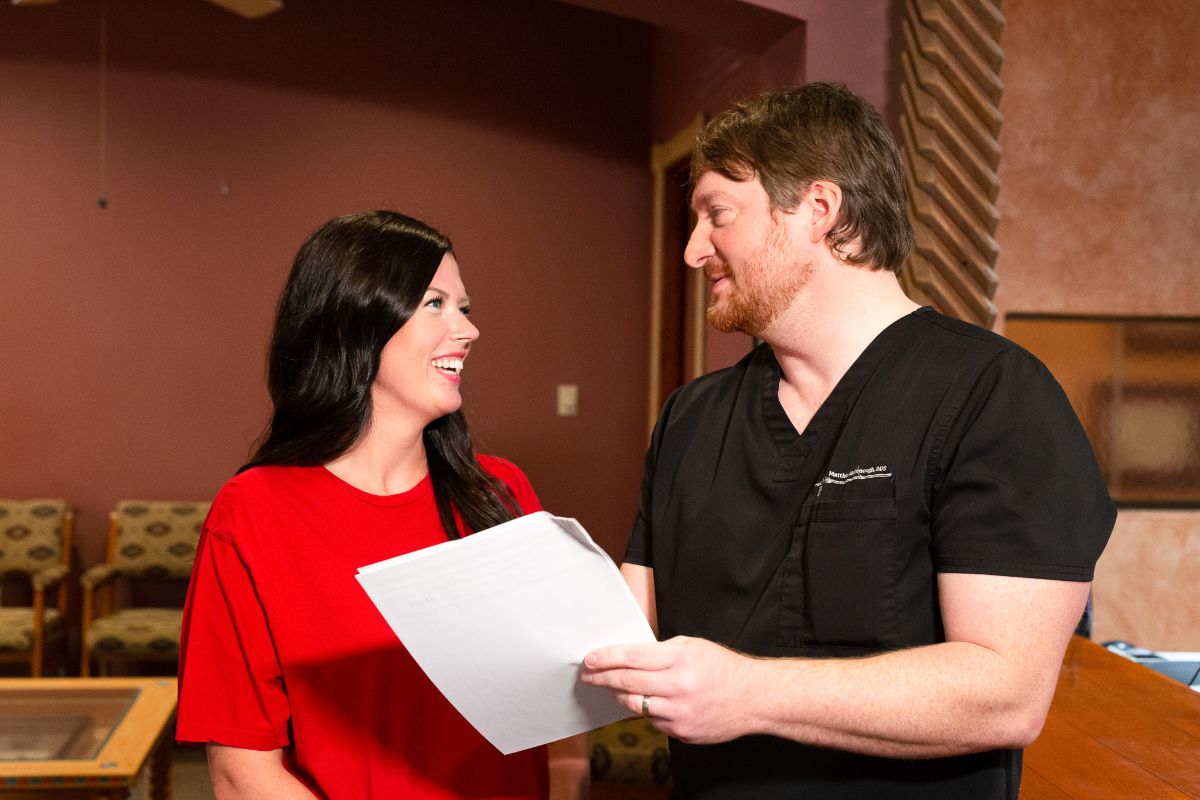Not so many years ago, there were limited options available if you found yourself missing one or more teeth. For a long time, the only way to restore the appearance and function of missing teeth was full or partial dentures and bridges. But when dental implants came on the scene fifty years ago, patients suddenly had access to a safe, effective, and lasting way to restore their smile!
If you’re missing or partially missing one or more teeth, implants can improve your cosmetic appearance and allow you to eat and speak with ease. In fact, they look, feel, and perform exactly like your natural teeth! However, dental implants need a sufficient amount of jawbone for effective installation. If you’ve experienced bone loss in your jaw, a dental bone graft may be recommended before a dental implant procedure. It may also be recommended if you need to rebuild the jaw before receiving dentures.
If you’re not familiar with what a dental bone graft is, you may be feeling anxious about what to expect from the process. The team here at the Northeast Arkansas Center for Oral and Maxillofacial Surgery has got you covered! To learn more about what a dental bone graft is and how it can help get your oral health back on track, keep reading below.
What is a dental bone graft?
Dental bone grafts are extremely common and have been a staple of implant dentistry for decades. These grafts repair and rebuild bone through the transplantation of bone tissue, adding volume and density to your jaw in areas where bone loss has occurred. The bone graft material may be taken from several sources, such as:
your own body (autogenous)
a human tissue bank (allograft)
an animal tissue bank (xenograft)
synthetic (alloplast)
This highly specialized procedure is performed by a specialist like an oral surgeon. Dr. McDonough and Dr. Phillips are both well-trained and possess exceptional skills in all areas of the specialty of oral and maxillofacial surgery, including dental bone grafts.

How does a dental bone graft work?
There are three main types of dental bone grafts, but they all hold space for your own body to do the “repair” work, allowing your own bone tissue to grow and regenerate. We’ll outline each type here to give you a better understanding of how they work.
Socket preservation—This may also be referred to as ridge preservation. This type of graft is placed in the socket immediately after a tooth extraction to fill the void left behind and prevent the sides of the socket from caving in.
Ridge augmentation—This can be a good choice for those who have been missing teeth for a while. Since the supporting jawbone may be thinner than it was before, ridge augmentation helps increase the width and volume of the jawbone so it can provide a stable foundation for implants or other restorative options like dentures.
Sinus lift—The maxillary sinuses sit just above your upper back teeth. Often times there is very little jawbone height in these areas to adequately accommodate dental implants. In cases like this, implants would be impossible because they would penetrate the sinus membrane. A sinus lift raises the sinus back to its proper position, and a dental bone graft is then placed underneath the sinus, creating a solid foundation for dental implants.
What happens during a dental bone graft?
Prior to a dental bone graft procedure with Northeast Arkansas Center for Oral and Maxillofacial Surgery, Dr. McDonough or Dr. Phillips will perform an oral examination to check the health of your teeth, gums, and jaw. Dental X-rays or three-dimensional CT scans will be taken to determine the extent of the bone loss before creating a personalized treatment plan to meet your specific needs.
On the day of your dental bone graft, a small incision will be created in your gums. Your doctor will move the gum tissue back slightly so that the jawbone is visible. This area will be cleaned and disinfected before the bone grafting material is added to repair the defect. The bone graft will often be covered with a membrane for additional protection. To complete the procedure, your doctor will reposition the gum tissue and close the incision with stitches.
What happens after a dental bone graft?
Following a dental bone graft, you may experience some temporary pain, swelling, and bruising. These are normal side effects that will typically resolve on their own in a few days, but pain relievers can be taken until they do. Dr. McDonough or Dr. Phillips may also prescribe antibiotics for you. These should be taken exactly as directed.
You may notice small fragments of bone coming out of the graft site over the first few days. These pieces often resemble grains of salt or sand. While this isn’t normally a cause for concern, let us know if it occurs so we can ensure you’re healing as expected.
In most cases, bone grafts for dental implants must heal completely before the actual implant is placed. Your recovery time will depend on several factors, including the type of graft, the area in which the graft was placed, and your body’s healing capacity. Although you’ll usually feel like your normal self within a week or two, complete healing tends to take between three and six months. In many instances, we may be able to place a bone graft and a dental implant at the same time, but this will be determined on a case-by-case basis.

Restore your smile with Northeast Arkansas Center for Oral and Maxillofacial Surgery
A dental bone graft doesn’t have to be scary! Now that you know what to expect from this procedure, you can relax and look forward to restoring your smile. Our practice uses the latest technology to help reduce postoperative discomfort, and with more than 40 years of experience helping patients achieve a healthier mouth, you can trust that you’ll be in the best hands possible with our team. To learn more about our services, get in touch today and let’s get started!
